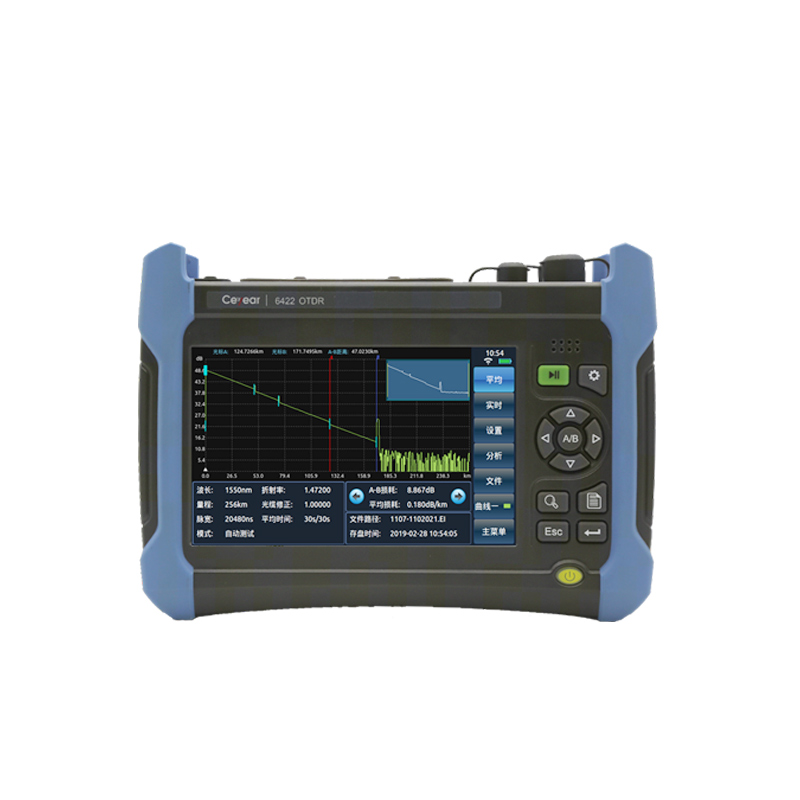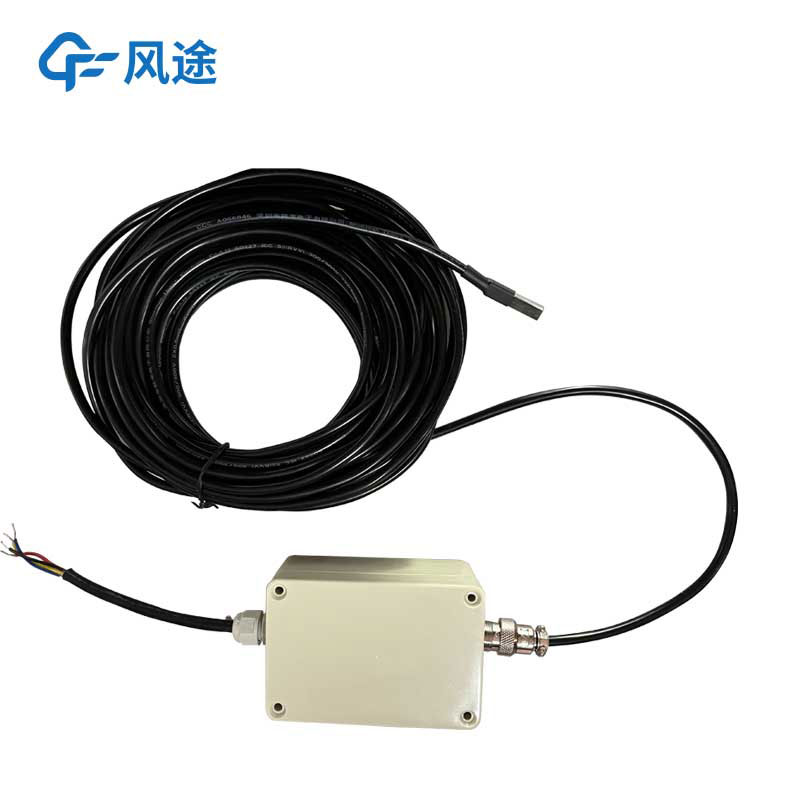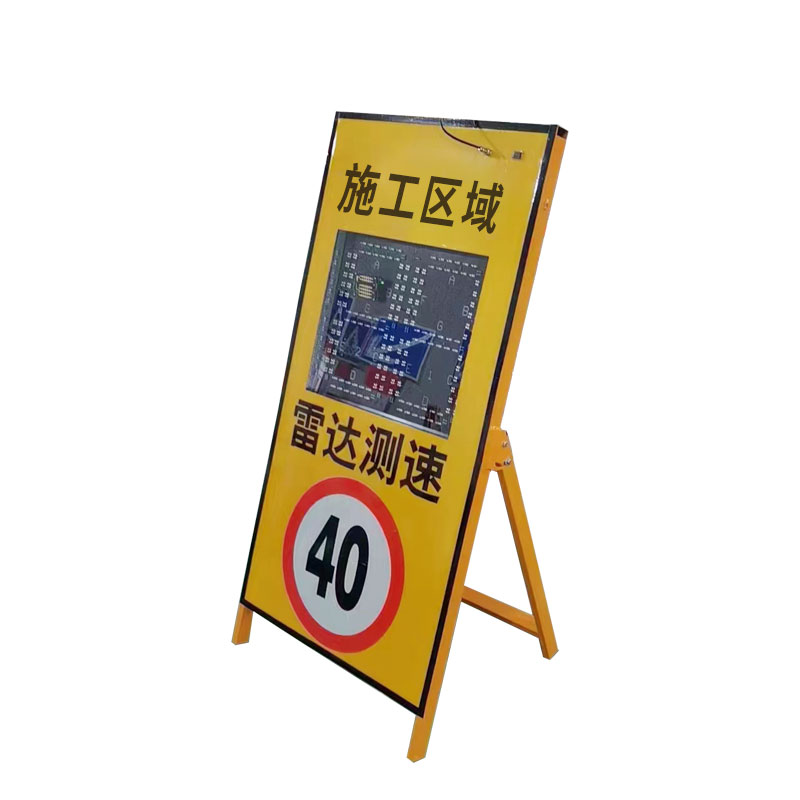Product
Recommended article
- One - Stop Dust Monitoring Solution
- How Forestry Weather Stations Bolster Forest Fire Prevention Efforts
- Discover the Power of Negative Oxygen Ion Monitoring System for Cleaner Air
- Comparative Analysis of Ultrasonic and Automatic Weather Stations in Meteorological Monitoring
- Breaking Through the ‘Last Meter’ with Online Dust Monitoring System
- Mastering Road Conditions with Road Weather Station
Contact us
Shandong Fengtu IOT Technology Co., Ltd
Sales Manager:Ms. Emily Wang
Cel,Whatsapp,Wechat:+86 15898932201
Email:info@fengtutec.com
Add:No. 155 Optoelectronic Industry Accelerator, Gaoxin District, Weifang, Shandong, China

Portable Flue Gas Analyzer
Model:testo310
Brand:fengtu
Related products
1.Portable Flue Gas Analyzer Product Introduction
Portable Flue Gas Analyzer measures flue gas components such as CO and O2, which is suitable for industrial emissions, flue and fuel.Accurate readings, rugged design, easy operation: these are the basic requirements for measuring tools when professionals conduct fast and reliable on-site combustion equipment inspections and combustion efficiency analysis. And this is exactly where the Portable Flue Gas Analyzer excels.
Portable Flue Gas Analyzer provides reliable heating system testing
The Portable Flue Gas Analyzer is easy to operate and has four built-in guided measurement menus: flue gas measurement, draft measurement, ambient CO measurement and differential pressure measurement. The large display with backlight is suitable for various lighting conditions.
The Portable Flue Gas Analyzer also has a number of other useful features. The instrument has a magnetic back that can be attached to all metal surfaces, such as burner housings, leaving your hands free for other tasks. The sensor automatically zeroes in just 30 seconds, and the filter element is extremely easy to replace. At the same time, the Portable Flue Gas Analyzer is lightweight, strong and durable, dust-proof and impact-proof, and the built-in condensate trap can be emptied quickly and easily.
The measurement data can also be directly transmitted to an infrared printer (optional) through the instrument's built-in infrared interface to enable on-site report printing.
2. Application Scope of Portable Flue Gas Analyzer
Flue draught measurement
The draft measurement is actually a pressure difference measurement. This pressure difference is caused by the temperature difference between two areas. The pressure difference then generates a compensating airflow. In the flue gas system, the pressure difference is reflected as "flue draft". We can extend the probe through the flue measuring point to the center of the flue gas flow to measure this pressure difference, that is, "flue draft".
To ensure that flue gases can be safely discharged from the flue, there must be a pressure difference in the boiler system (flue draft).
If the draft is always high, the average smoke temperature will rise, resulting in smoke losses and reduced system efficiency.
If the draft is always low, there may be a lack of oxygen in the combustion process, resulting in increased blackness and CO, which will also reduce system efficiency.
Ambient CO measurement
CO is a colorless, odorless, toxic gas. It is produced when carbon-containing substances (such as oil, gas, and solid fuels) are incompletely burned. After CO enters the lungs through breathing, it enters the human body's blood vessels and synthesizes with hemoglobin, causing hypoxia in the human body, which can lead to death. This is why CO emissions need to be measured regularly at the combustion point of the combustion system, especially in places where people often appear and nearby areas.
Flue gas parameter measurement (CO, O2, temperature, etc.)
Flue gas measurement in heating systems can help users determine the pollutants emitted in the flue gas (such as carbon monoxide CO) and the heat losses. In some countries, flue gas measurement is required by law for the following two purposes:
1. Ensure that pollution emissions are reduced as much as possible to protect the environment;
2. And improve energy utilization efficiency as much as possible.
The pollutant content and energy loss standards per unit flue gas volume must not be exceeded.
Measurements can be carried out by the installer when the system is commissioned and, if necessary, by a smoke detectorist four weeks later, and then regularly by an authorised service engineer.
Pressure measurement (injection pressure, gas pressure, etc.)
During the maintenance of the domestic heating system, we usually have to check the gas pressure, including dynamic pressure and static pressure. If the gas pressure of the gas boiler exceeds the range of 18-25mbar, it cannot be adjusted and the boiler cannot be operated. Because if it is operated, the boiler will not operate normally, and it will explode after ignition, causing the system to fail.
3. Portable Flue Gas Analyzer Product Composition
Portable Flue Gas Analyzer
Rechargeable battery included
O2, CO, hPa and ℃ calibration report
180mm flue gas probe with fixed cone
Silicone hoses for pressure measurement
10 dust filters and instrument case
Infrared printer and 2 rolls of thermal printing paper
4. Portable Flue Gas Analyzer Technical Parameters
| Product Features | |
| weight | (including probe) about 700g |
| size | 201x83x44 mm |
| Operating temperature | -5~+45°C |
| Display type | LCD (Liquid Crystal Display) |
| Display Features | Backlight, 2-line display |
| power supply | Rechargeable battery: 1500 mAh, power supply 5V/1A |
| Storage temperature | -20~+50°C |
| Type K (NiCr-Ni) | |
| Measuring range | -20~+100°C |
| Measurement accuracy | ±1°C |
| Resolution | 0.1°C |
| Response time t₉₀ | < 50s |
| Temperature (ambient temperature) | |
| Type J (Fe-CuNi) | |
| Measuring range | 0~+400°C |
| Measurement accuracy | ±1°C (0~+100°C) |
| ±1.5% of measured value (> 100°C) | |
| Resolution | 0.1°C |
| Response time t₉₀ | < 50s |
| Temperature (smoke) | |
| O₂ measurement | |
| Measuring range | 0~21Vol.% |
| Measurement accuracy | ±0.2Vol.% |
| Resolution | 0.1Vol.% |
| Response time t₉₀ | 30s |
| Draft measurement | |
| Measuring range | -20~+20hPa |
| Measurement accuracy | ±0.03hPa (-3.00~+3.00hPa) |
| ±1.5% of measured value (other ranges) | |
| Resolution | 0.01hPa |
| Effectiveness determination | |
| Measuring range | 0~120% |
| Resolution | 0.001 |
| Smoke loss | |
| Measuring range | 0~99.9% |
| Resolution | 0.001 |
| CO₂ measurement (calculated via O₂) | |
| Measuring range | 0~CO₂ max (display range) |
| Measurement accuracy | ±0.2Vol.% |
| Resolution | 0.1Vol.% |
| Response time t₉₀ | < 40s |
| Pressure measurement | |
| Measuring range | -40~+40hPa |
| Measurement accuracy | ±0.5hPa |
| Resolution | 0.1hPa |
| CO measurement (without H₂ compensation) | |
| Measuring range | 0~4000ppm |
| Measurement accuracy | ±20ppm (0~400ppm) |
| ±5% of measured value (401~2000ppm) | |
| ±10% of measured value (2001~4000ppm) | |
| Resolution | 1ppm |
| Response time t₉₀ | 60s |
| CO environment measurement | |
| Measuring range | 0~4000ppm |
| Measurement accuracy | ±20ppm (0~400ppm) |
| ±5% of measured value (401~2000ppm) | |
| ±10% of measured value (2001~4000ppm) | |
| Resolution | 1ppm |
| Response time t₉₀ | 60s |
Related article
-
Negative Oxygen Ion Monitoring Equipment Visualising Current Negative Ion Levels
2024-04-11 -
Functions of the Integrated Cloud Gauge application
2024-03-21 -
Mastering Road Conditions with Road Weather Station
2025-01-09 -
Forest weather stations to protect against hill fires
2024-04-08 -
Dust Detector and Mobile Monitoring in Air Quality Protection
2025-01-06 -
Building a Meteorological Station: Steps and Considerations
2024-10-09 -
How many parameters can a park anion monitoring system measure?
2024-07-24 -
How Landslide Monitoring Systems Work to Mitigate Geological Hazards
2024-12-04


 Get a Free Quote
Get a Free Quote







